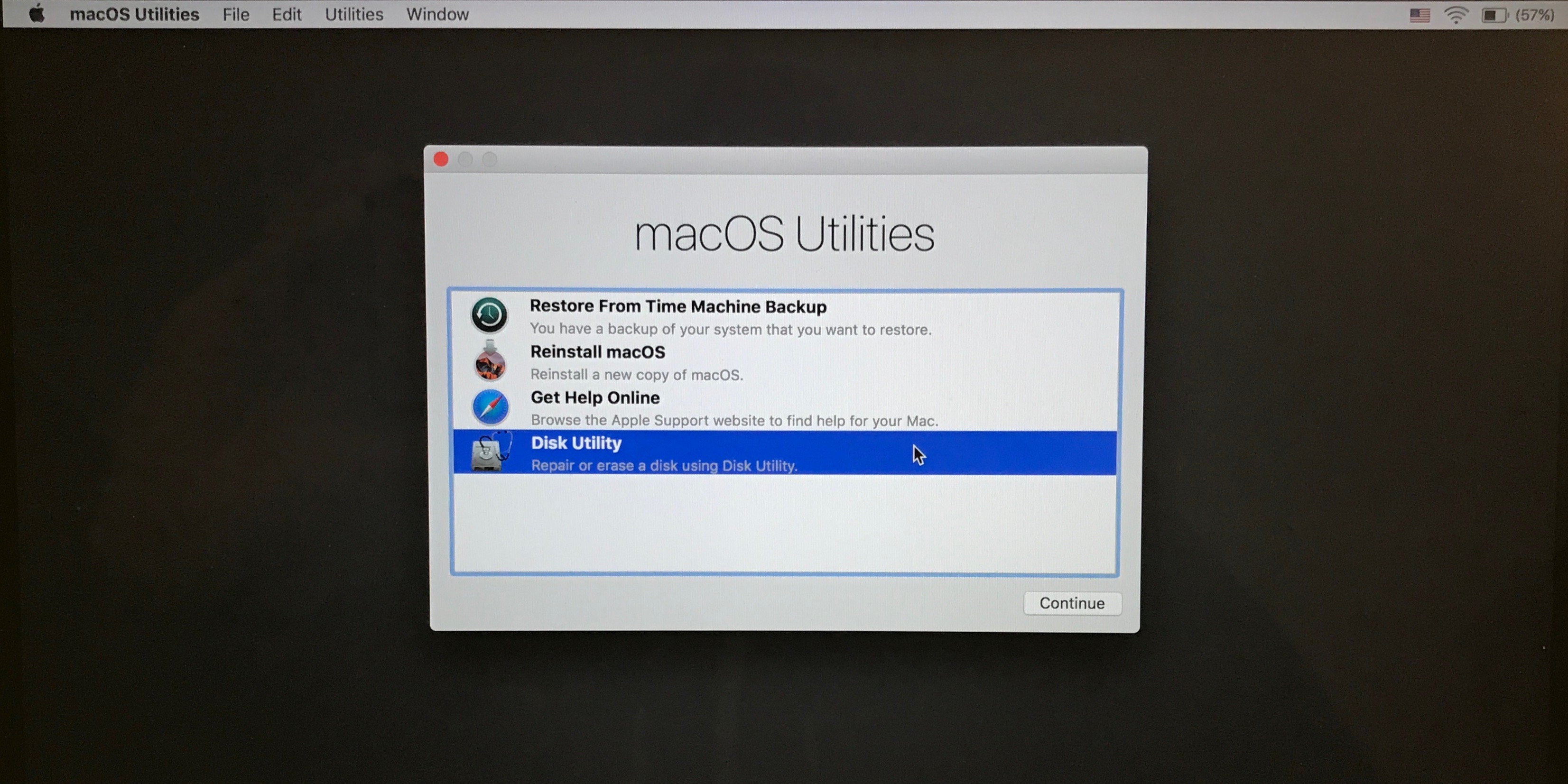
If you’re selling or giving your Mac to someone else or are just looking to make a fresh start, wiping your Mac and reinstalling a fresh copy of macOS (previously called OS X) is probably on your to-do list.
Before we jump in to the process of how to factory reset your MacBook Pro, make sure that you have a current backup (these steps will work for any Mac running OS X or macOS). You’ll also want to sign out of any connected accounts.
To prevent headaches in the future, deauthorize your Mac in iTunes. Navigate to iTunes and in the menu bar click on Account → Authorizations → Deauthorize This Computer…
Also, sign out of iCloud and iMessage. It doesn’t hurt to sign out of any other accounts under System Preferences → Internet Accounts as well. Now you’re all set to move forward.
How to erase your MacBook Pro and reinstall macOS
Boot into macOS Recovery
macOS Recovery will install a different version of macOS depending on the key combination you use when starting up your Mac (no installation discs or macOS loaded onto an external drive is needed). Hold down one of the following key combinations right after powering on your Mac, and let go when you see the globe or Apple logo.
- ⌘R (Command R) = Reinstall the latest macOS that was installed on your Mac, without upgrading to a later version.
- ⌥⌘R (Option Command R) = Upgrade to the latest macOS that is compatible with your Mac
As Apple notes on its support page, “if you’re selling or giving away a Mac that is using OS X El Capitan or earlier, use Option-Command-R to make sure that the installation isn’t associated with your Apple ID,” this also installs the latest available software.
For this walkthrough, I’ve used ⌥⌘R which will use macOS Recovery over the internet and reinstall the latest macOS version (this option requires a Wi-Fi connection).
Loading time for macOS Recovery will vary depending on your internet connection, when complete you’ll see the macOS Utilities window.
Erase your startup disk (hard drive/solid state drive)
- Click Disk Utility in the utilities window, then click Continue.
- Select your startup disk in the sidebar of Disk Utility (click the top item like Apple SSD, as in the image shown below, not the volume name, Macintosh HD)
- Click Erase in the top area of the utility window (if you don’t see or can’t select erase, click the volume name beneath the disk name (Macintosh HD), then try again)
- Enter a name for the disk (Macintosh HD is the default on a new Mac), use Mac OS Extended (Journaled) for formatting, and GUID Partition Map for scheme
- Click Erase (once complete, in the menu bar click Disk Utility → Quit Disk Utility to return to the macOS Utilities window)
Reinstall macOS
- Back on the main macOS Utilities window, click on Reinstall macOS
- Follow the prompts and select which disk you’d like to install macOS (if you have multiple drives)
- Plug in your power cable if you’re using a MacBook
- Click Install
- If you have an SSD you may see a 10-20 minute installation estimate, if you have a HDD likely much longer
- When the installation is complete you’ll see the welcome screen with the region selector. If keeping your Mac continue on with the setup process. If selling or giving your Mac to someone else, use the keyboard shortcut ⌘Q to quit the setup assistant and power your Mac down.
Check out our how to guide for more ways to get the most out of your Apple devices.
FTC: We use income earning auto affiliate links. More.








Comments